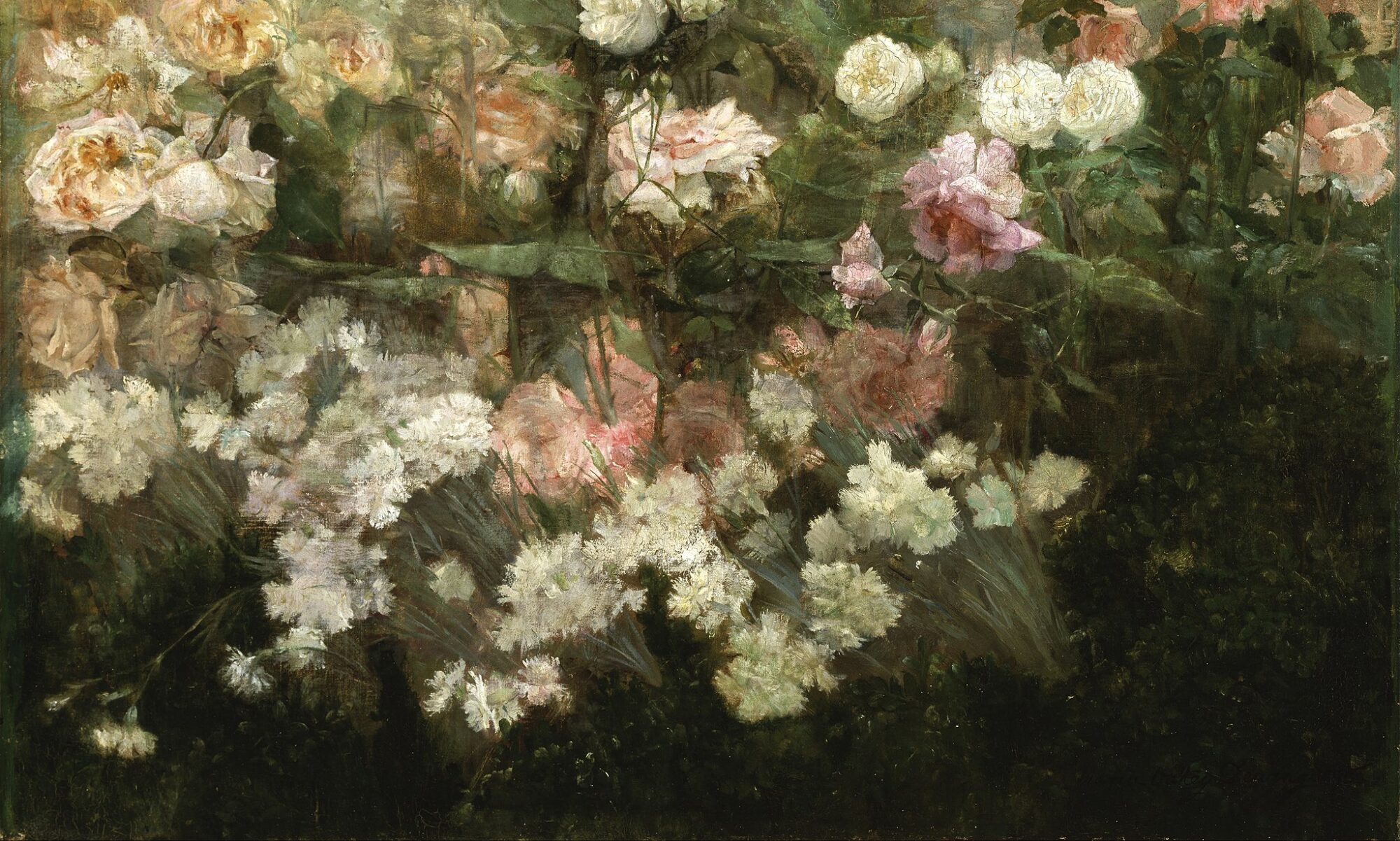This is an excerpt from an article by Nancy Mayer. You can read the entirety of it on her website The Regency Researcher. As many of you know, I’m her web mistress.
After March 25, 1754, when the Hardwicke Act for the Prevention of Clandestine Marriages went into effect, couples marrying in England had to follow certain rules in order to be legally married. Before that time, all that was needed was that they say their vows before a clergyman of the Church of England. The clergyman need not even be in charge of a parish as long as he had been ordained. Many were to be found in the vicinity of Fleet prison where people were imprisoned for debt. Under these circumstances, it was easy for people to keep the marriages secret. Though secret marriages might be beloved of novelists, they were very much disliked by courts and genealogists. The informal manner of weddings made it easier for bigamists.
The new act was meant to make marriages more public and regular. Though people had always been encouraged to have the banns called, it now became a requirement that they do so unless the couple obtained a license from the local bishop or the Archbishop of Canterbury. By 1811 the cost of a special license was £5. It was mostly used by the aristocracy and men in the public eye. The standard license from a bishop required a bond for £100 to be forfeit if the couple lied about any allegation as well as a slight fee. This license named the parish in which the wedding would be held. This license entailed a wait of seven days. The couple still had to marry between the hours of eight and noon.

After the banns were read in the parish church for three successive Sundays, the couple had to be married in that church between the hours of eight in the morning and noon by an ordained clergyman before two witnesses. Only if both the man and woman were Quakers or Jews were they exempt from this law. All others, even Roman Catholics, had to marry in the parish church of the Church of England unless they had obtained a special license. Even those with a special license had to be married by a man in holy orders.
By law the Roman Catholics were supposed to be married first by an Anglican priest before marrying by their rites, but in practice many married in Catholic rites first. However, the marriage was not valid until and unless they married according to the law by a clergyman of the Church of England.
All marriages had to be registered in the parish register even if the couple married in a private house by special license.
Read the rest of the article at The Regency Researcher



Always a good reminder. Nancy, thank you so much. I though that with a license, one could marry immediately and at any time.
One can marry immediately and at any time with a special license. A standard license still required the ceremony to be in the parish church between the hours of 8 and noon.
@Nancy – Do you think you could clarify the difference between a standard license and a special license? Thank you!
A special license could be obtained only from the Archbishop of Canterbury’s ‘s office at Doctors Common. It allowed for an immediate wedding where ever and when ever one could find a clergyman to preform the ceremony.
A standard license was obtained from the bishop of the see of which the parish was a part.
7 days waiting period and a surety bond were required. The name of the parish in which the ceremony would take place was listed on the license. The ceremony had to be held between 8 AM and Noon.
@Nancy, Thank you!!
Any idea why between 8 and 12? I find that interesting because I know certain communities where marriage ceremonies are performed early in the morning or in the middle of the night as a requirement. Was this religious in origin or merely for official ease?
I think it was just the matter of a set time in daylight.
I would have chosen between 10 and 2 , myself, for most daylight.
I do not remember ever reading an explanation of why. There were no religious limitations.
Thank you. I have subscribed to your blog, so looking forward to more interesting stuff. 🙂
@bluffkinghal – Thank you! Unfortunately, it will be several days before I can get something up on my blog.
Nancy, is there a source, in the Marriage Act or elsewhere, that specifies the seven day waiting period for a regular license?
Jane Austen’s niece Anna was issued a regular license on November 7th 1814 and married the following day, on November 8th.
http://janeaustenshousemuseumblog.com/2012/04/17/anna-austen-and-benjamin-lefroys-marriage-license/
@ JR Not the marriage act but the regular church rules regarding licenses in the Ecclesiastical Laws. The seven days waiting time was from the application to the issuing. Once the license was issued the wedding could take place anytime in the next 3 months. The waiting period was a matter of clerical duties , if nothing else. Each diocese received many applications for standard licenses and the clerks needed time to write them up.
Thank you, Nancy. That makes sense. Were the seven days a minimum or maximum? For instance, if time were available, could a license be issued in less than seven days? Some holders of livings were designated surrogates and were authorized to issue licenses. In the example I linked, the license was issued by Anna’s father, ‘surrogate’. Is it possible in some cases the waiting period was less because of fewer demands in a parish where there was a surrogate? I appreciate your taking time to answer questions.